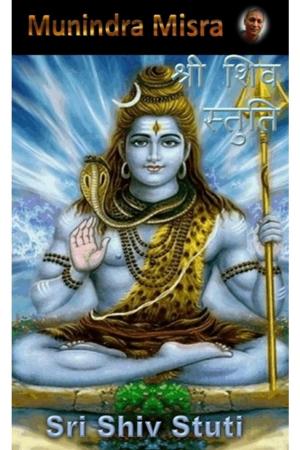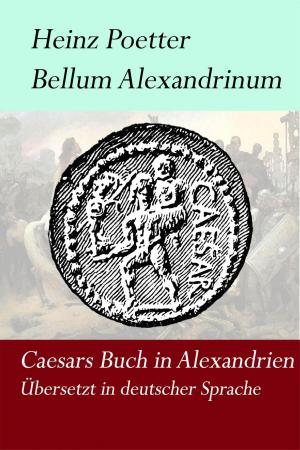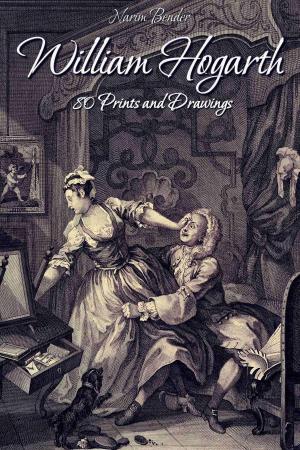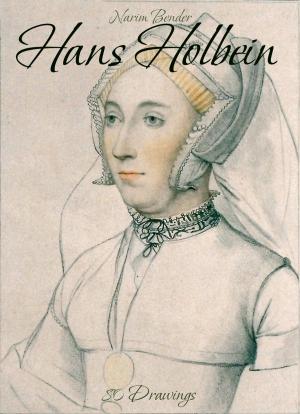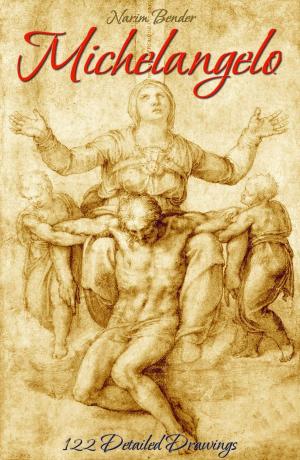Tintoretto: 150 Paintings
Nonfiction, Home & Garden, Crafts & Hobbies, Art Technique, Oil Painting, Art & Architecture, General Art| Author: | Jessica Findley | ISBN: | 9782765906391 |
| Publisher: | Osmora Inc. | Publication: | December 1, 2014 |
| Imprint: | Osmora Inc. | Language: | English |
| Author: | Jessica Findley |
| ISBN: | 9782765906391 |
| Publisher: | Osmora Inc. |
| Publication: | December 1, 2014 |
| Imprint: | Osmora Inc. |
| Language: | English |
For his phenomenal energy in painting Tintoretto was termed Il Furioso. His work is characterized by its muscular figures, dramatic gestures, and bold use of perspective in the Mannerist style, while maintaining color and light typical of the Venetian School. His nickname derives from his father's profession of dyer (tintore). He is said to have trained very briefly with Titian, but the style of his immature works suggests that he may also have studied with Veronese or Schiavone. Almost all of his life was spent in Venice and most of his work is still in the churches or other buildings for which it was painted. He appears to have been unpopular because he was unscrupulous in procuring commissions and ready to undercut his competitors. As well as religious works, Tintoretto painted mythological scenes and he was also a fine portraitist, particularly of old men. Tintoretto had great influence on Venetian painting, but the artist who most fruitfully absorbed the visionary energy and intensity of his work was El Greco.
For his phenomenal energy in painting Tintoretto was termed Il Furioso. His work is characterized by its muscular figures, dramatic gestures, and bold use of perspective in the Mannerist style, while maintaining color and light typical of the Venetian School. His nickname derives from his father's profession of dyer (tintore). He is said to have trained very briefly with Titian, but the style of his immature works suggests that he may also have studied with Veronese or Schiavone. Almost all of his life was spent in Venice and most of his work is still in the churches or other buildings for which it was painted. He appears to have been unpopular because he was unscrupulous in procuring commissions and ready to undercut his competitors. As well as religious works, Tintoretto painted mythological scenes and he was also a fine portraitist, particularly of old men. Tintoretto had great influence on Venetian painting, but the artist who most fruitfully absorbed the visionary energy and intensity of his work was El Greco.




